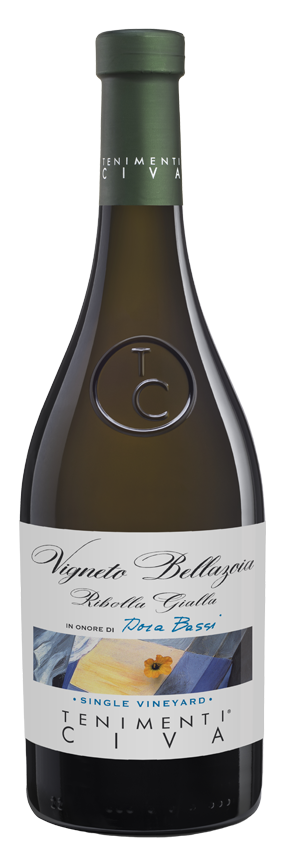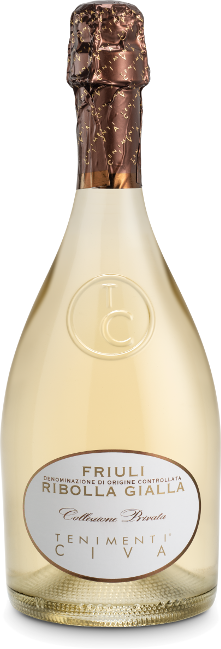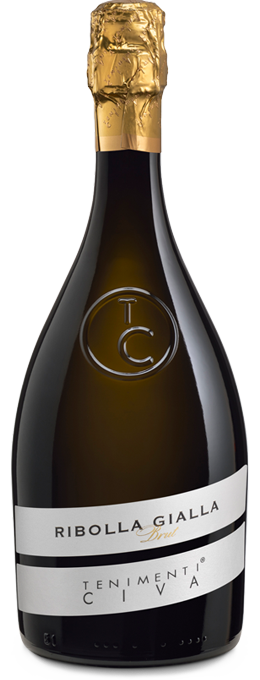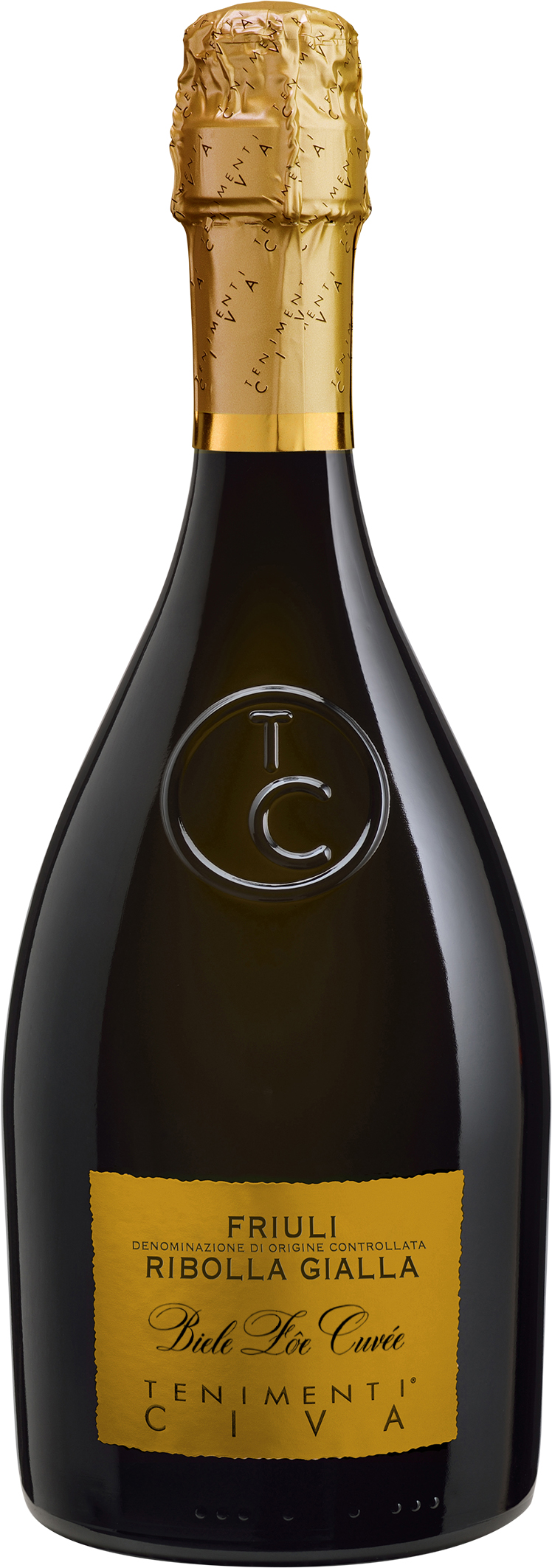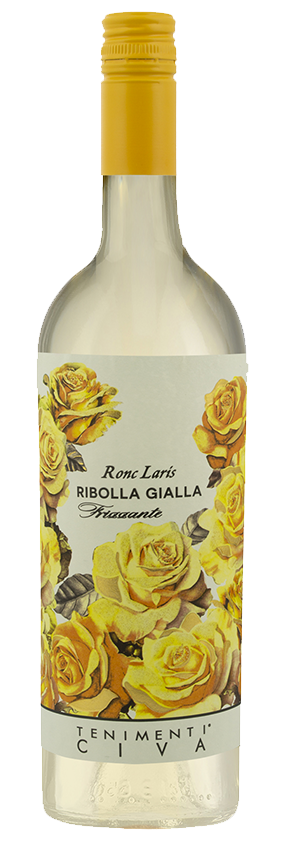A Strong Bond
Tenimenti Civa and Ribolla Gialla
We deeply believe in Ribolla Gialla because of the peculiar traits and qualities that the grape can express in the hills of Friuli. For this reason, right from the outset Tenimenti Civa has been working on an ambitious project dedicated to this precious variety.
Consumers are curious to know more about Ribolla, which is also popular because of its name, and are increasingly appreciative of both the still and sparkling versions, the latter obtained using the Martinotti or Charmat method. Its success is no coincidence, because the market is interested in wines that express their origins and those who produce them.
Between Manzano and San Giovanni al Natisone we have created a vineyard of about 23 hectares planted to Ribolla Gialla, probably the largest in the Colli Orientali del Friuli. Working with a single plot makes it easier to manage and control the entire production chain, and allows us to achieve higher quality levels.
The bond between Tenimenti Civa and Ribolla Gialla is set to grow even stronger over the coming years, since our intent is to step up production of this outstanding native variety, while preserving quality.
THE VARIETY
THE HISTORY OF RIBOLLA GIALLA AND OF THE VARIETY
There is a variety and a wine which holds a special place in our heart: Ribolla Gialla!
There is no doubt that a part of the Colli Orientali del Friuli and the Gorizia Hills, on both the Italian and Slovenian side, are known as the homeland of this wine.
The history of Ribolla is richly documented; historical sources from the Middle Ages to modern times refer to Ribolla wine (the first document dates from 1207 in the Treviso Statutes), while the first mention of the Ribolla grape variety dates back to 1822.
On 29 January of that year in the Laibacher Zeitung, a newspaper printed in Ljubljana, there was an advertisement for a nursery offering cuttings and shoots of some of the traditional varieties of Friulan and Trieste viticulture, including Ribolla. We will never know if it was what we call Ribolla Gialla today, or just one of the many grape varieties that were used to produce the wine with this name.
Ribolla Gialla and Ribolla Verde appear with certainty only in 1823 thanks to Count Pietro di Maniago, who compiled a “Catalogue of the Varieties of the Vines of the Veneto Kingdom”, that is of the Veneto and of the part of Friuli not under Austrian rule, on the orders of his imperial highness Franz Karl Joseph.
RIBOLLA IN THE 20TH CENTURY
The success of international varieties also influenced producers on the Slovenian side of the Gorizia Hills, but here more than in Friuli they trusted in Ribolla and today it is widespread in the areas bordering the hills in the province of Udine and Gorizia, such as Medana, Castel Dobro, San Martino, San Lorenzo, Quisca, Cerò, Visgnavicco, Vedrignano, Bigliana and Cosana.
While in Slovenia the two varieties of Ribolla coexist, namely the gialla and the more productive verde, in the Friulan hills the former is more widely grown, and considered to be of higher quality.
Ribolla Gialla has been used as a monovarietal for about seventy years, and while until a few decades ago it was a sweet wine, only partially fermented, that Friulans paired with chestnuts, today it is highly appreciated as both a dry wine and as a sparkling wine.
In the early decades of the 20th century Ribolla began to be considered an excellent variety and its diffusion was encouraged. Consequently, the nursery of Gagliano di Cividale grafted young vines onto different rootstocks, so that the plant could adapt to a variety of climate and soil conditions.
A period of decline occurred after the Second World War, when Pinot Grigio, Pinot Bianco, Friuliano (formerly Tocai), Merlot, Traminer and Riesling, from France and Germany, became more popular.
Ribolla macerata
There are various interpretations of the Ribolla Gialla grape, and we may find it vinified on the skins, for example, which changes its profile to result in a more intense hue and dense texture, while preserving its marked acidic vibrancy.
In the Slovenian Gorizia Hills (Brda) and in the Vipacco area, maceration is the system traditionally used to produce Ribolla.

